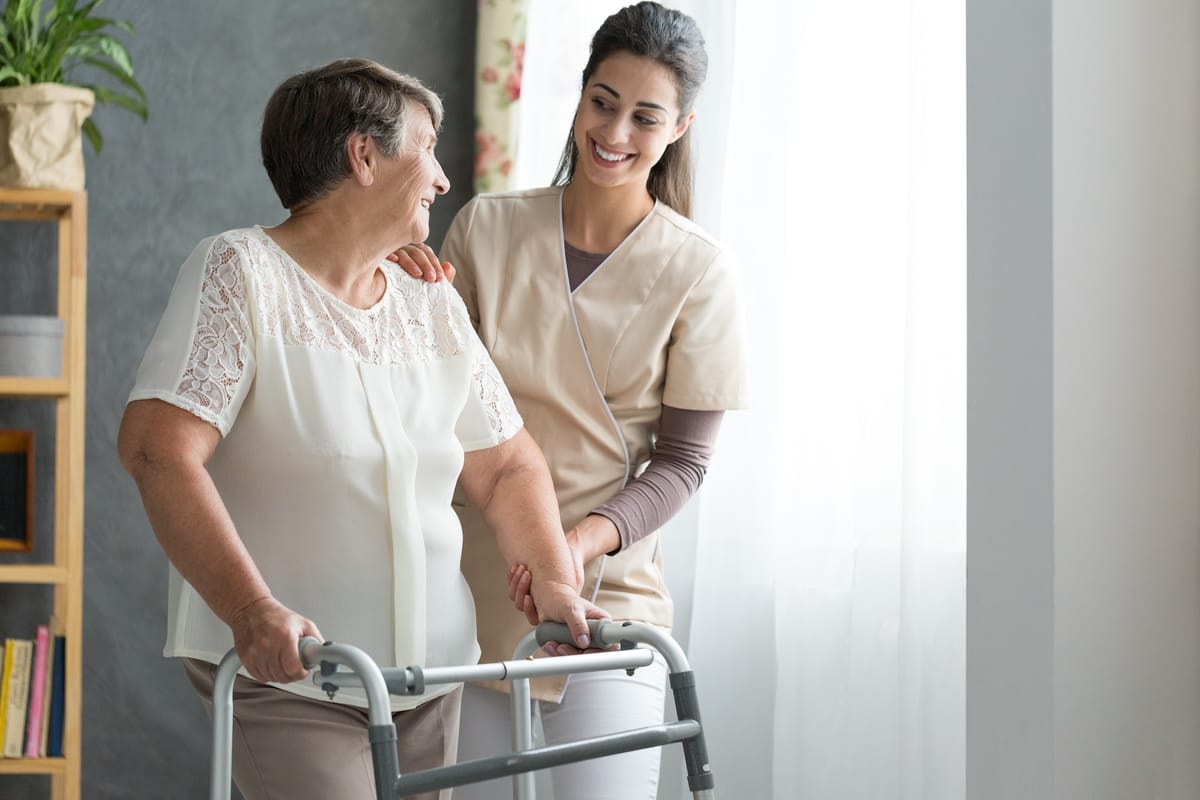

Understanding Activities of Daily Living (ADLs) and Instrumental Activities of Daily Living (IADLs)
Activities of Daily Living (ADLs) and Instrumental Activities of Daily Living (IADLs) are essential concepts in the care of seniors. These activities are critical for determining a senior’s functional status and their ability to live independently. ADLs include basic tasks such as bathing, dressing, grooming, eating, and toileting, which are fundamental for personal hygiene and daily functioning. On the other hand, IADLs involve more complex tasks like preparing meals, managing medications, running errands, and maintaining the home, which are crucial for independent living.
The Importance of ADLs and IADLs in Elderly Care
ADLs and IADLs serve as vital indicators of a senior’s health status and their need for care. Healthcare professionals use these activities to assess the level of care a senior requires. For instance, the inability to perform certain ADLs or IADLs can help determine eligibility for long-term care programs or services. These assessments also help caregivers and healthcare providers develop targeted care plans that address specific needs, ensuring seniors can perform daily tasks efficiently and safely.
Assessing ADLs and IADLs
Several tools are available to assess a senior’s ability to perform ADLs and IADLs. The Katz Index of Independence in Activities of Daily Living and the Lawton-Brody Scale for IADLs are commonly used. These tools involve a series of questions or tasks that help determine the level of assistance a senior needs. It is crucial to conduct regular assessments since the ability to perform these activities can fluctuate over time.
Providing Support for ADLs and IADLs
If a senior is struggling with ADLs or IADLs, various support options are available. Occupational therapists can recommend exercises and strategies to improve mobility and independence. Home care services can provide assistance with daily tasks, while assisted living communities offer more comprehensive care for those needing additional support. Caregivers play a vital role in assisting with ADLs, respecting the senior’s dignity and privacy.
Examples of ADLs and IADLs
Basic ADLs include bathing, dressing, grooming, eating, and toileting. These activities are essential for maintaining hygiene and preventing health complications. IADLs, on the other hand, include preparing meals, managing medications, running errands, and maintaining the home. These tasks are crucial for maintaining a nutritious diet, managing health conditions, and staying connected with essential services.
Improving ADL Skills and Quality of Life
Implementing strategies such as exercise, using assistive devices, and making home modifications can improve a senior’s ability to perform ADLs and IADLs. These interventions can enhance mobility, reduce the risk of injuries, and promote independence. By focusing on these areas, seniors can enjoy a higher quality of life and maintain their independence for longer.
Frequently Asked Questions
What are ADLs and IADLs? ADLs are basic activities such as bathing, dressing, and eating, while IADLs are more complex tasks like preparing meals and managing medications.
Why are ADLs and IADLs important? These activities help determine a senior’s functional status and need for care, ensuring they receive the appropriate level of support.
How are ADLs and IADLs assessed? Tools like the Katz Index and Lawton-Brody Scale are used to assess a senior’s ability to perform these activities.
What support options are available for seniors struggling with ADLs or IADLs? Occupational therapy, home care services, and assisted living communities can provide the necessary support.
How can seniors improve their ADL skills? Strategies include exercise, using assistive devices, and home modifications to enhance mobility and independence.
In Summary
Understanding ADLs and IADLs is crucial for ensuring seniors maintain their independence and quality of life. These activities are essential for daily functioning and are used by healthcare professionals to assess care needs. By providing the right support and interventions, seniors can continue to live comfortably and independently.
Dues are $12 per year. Member benefits:
✅ Ad-Free Website Viewing
✅ Advocacy for Republican Seniors
✅ 120+ Senior Discounts
✅ Member Only Newsletters